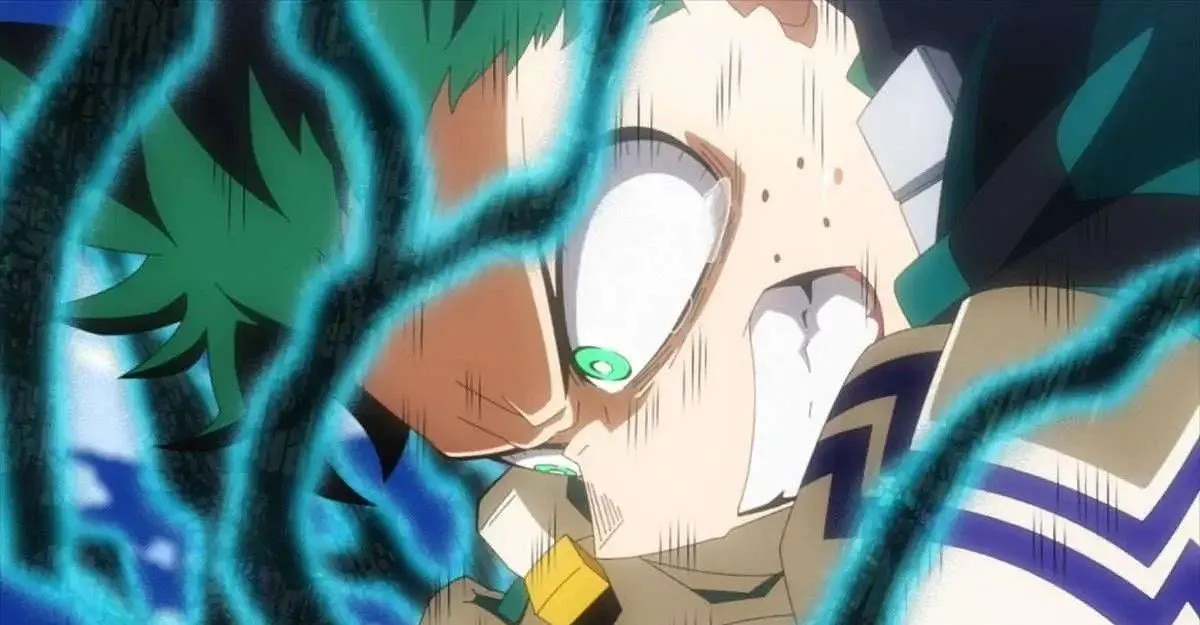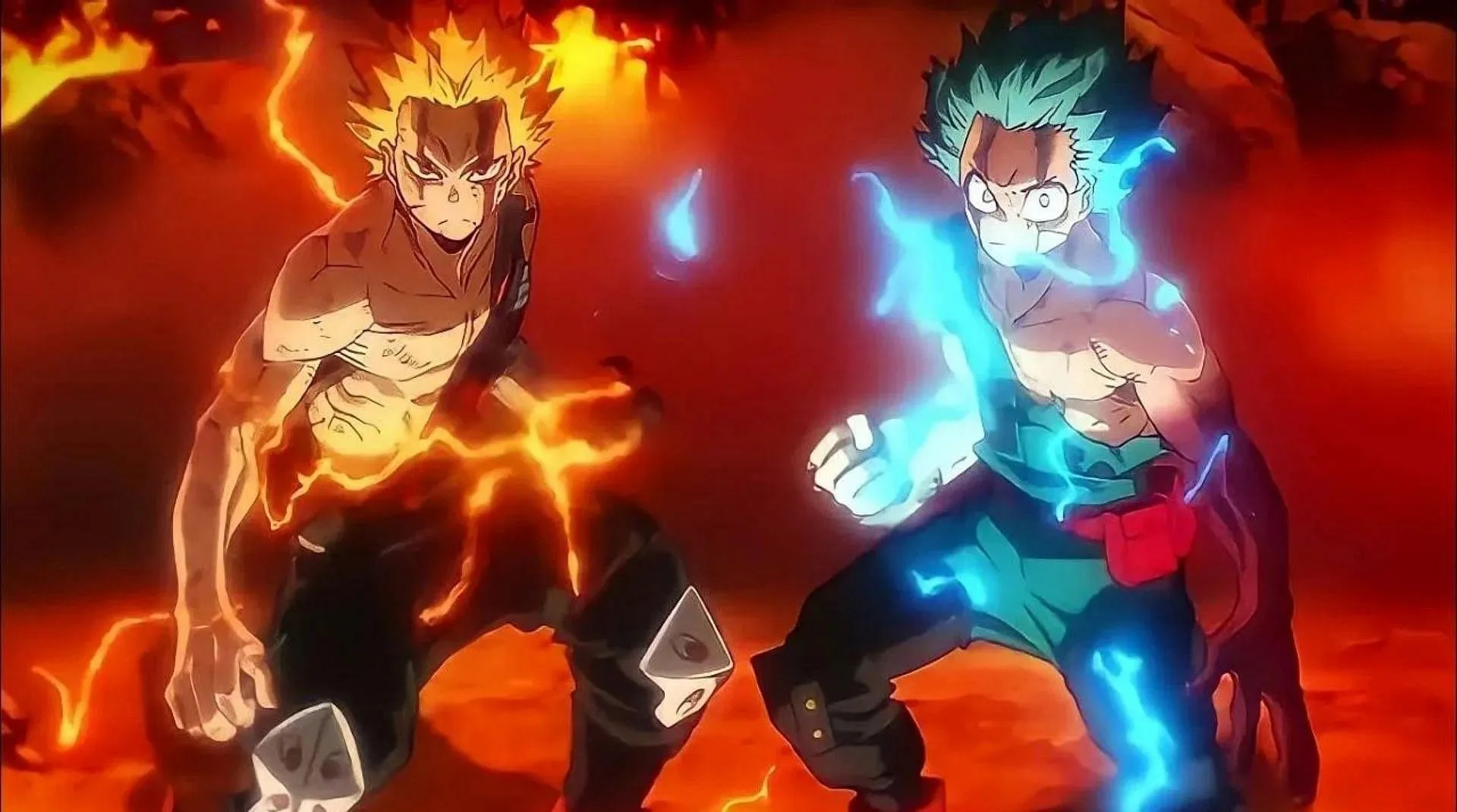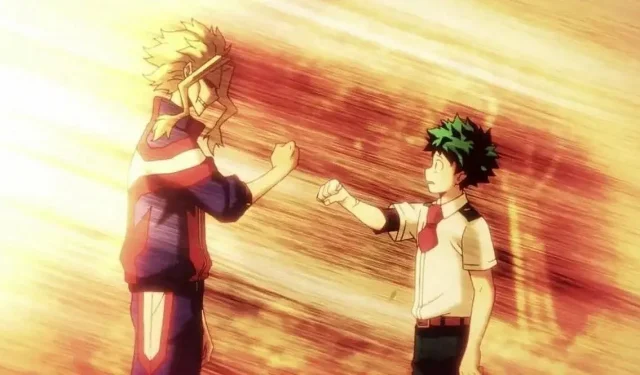In recent years, the fanfare surrounding My Hero Academia appears to have waned somewhat. Numerous factors contribute to this trend, with a notable decline in animation quality standing out as a primary reason. The latest seasons struggle to captivate audiences, particularly in light of the rising acclaim for shows like Jujutsu Kaisen and Chainsaw Man, which have captured viewer attention with their vibrant storytelling and visual appeal.
In contrast, the My Hero Academia film adaptations have managed to retain a high standard of animation, effectively enhancing the character development of iconic figures in Kohei Horikoshi’s acclaimed universe. These films masterfully illustrate the evolution of Izuku Midoriya, often referred to as Deku, showcasing his powerful journey to possibly match or exceed the might of All Might.
The Power of Deku: How the Films Elevate His Character

The narrative of My Hero Academia centers on Izuku Midoriya, a Quirkless boy who is selected by the legendary Pro Hero, All Might, to become his successor and inherit the powerful Quirk known as One For All. As the series unfolds, Midoriya’s determination and rigorous training enable him to harness the full capabilities of this Quirk, ultimately positioning him as the preeminent user of One For All.
The story introduces formidable antagonists, notably Tomura Shigaraki, to challenge Midoriya’s strength. Despite the setup that suggests Deku’s ascendance to All Might’s level, many fans contend that the manga falls short of conveying this progression. The manga often fails to instill a sense of awe regarding Deku’s powers, leaving readers questioning his strength compared to the legendary hero.

Even though some of Deku’s battles may suggest otherwise, the manga’s narrative often underplays his abilities, which can diminish the overall excitement and impact. This contrasts sharply with other series, such as One Piece, where creator Eiichiro Oda has established Luffy’s Gear 5 as an incredible feat, allowing audiences to readily believe in his strength against adversaries like Kaido.
While the early seasons of My Hero Academia captivated viewers, later installments failed to provide the same level of exhilaration for Deku’s development. Issues of pacing and narrative constraints led to a weakening of significant confrontations. Furthermore, deteriorating animation quality contributed to a growing disconnect between fans and Deku’s escalating powers.
The My Hero Academia films, however, have succeeded where the anime has struggled by adopting a different approach to storytelling. With relatively higher budgets, these films depict expansive, dynamic battles, showcasing Deku’s One For All with impressive visual flair.

In feature films like Two Heroes, Heroes Rising, and World Heroes’ Mission, Deku faces formidable foes, such as Nine and Flect Turn, challenging him to unlock his full potential. Unlike the anime narrative, which reveals his powers gradually over several arcs, the films condense this growth into high-stakes, action-packed sequences that demand immediate character development.
It’s important to remember that Deku is still a young hero navigating the complexities of mastering One For All—a skill that All Might honed over years. Thus, it comes as no surprise that Deku sometimes appears overwhelmed, struggling to embody the legacy of his mentor. Moving forward, both the manga and anime have opportunities to better depict Deku’s powers, ensuring his evolution resonates with audiences.


